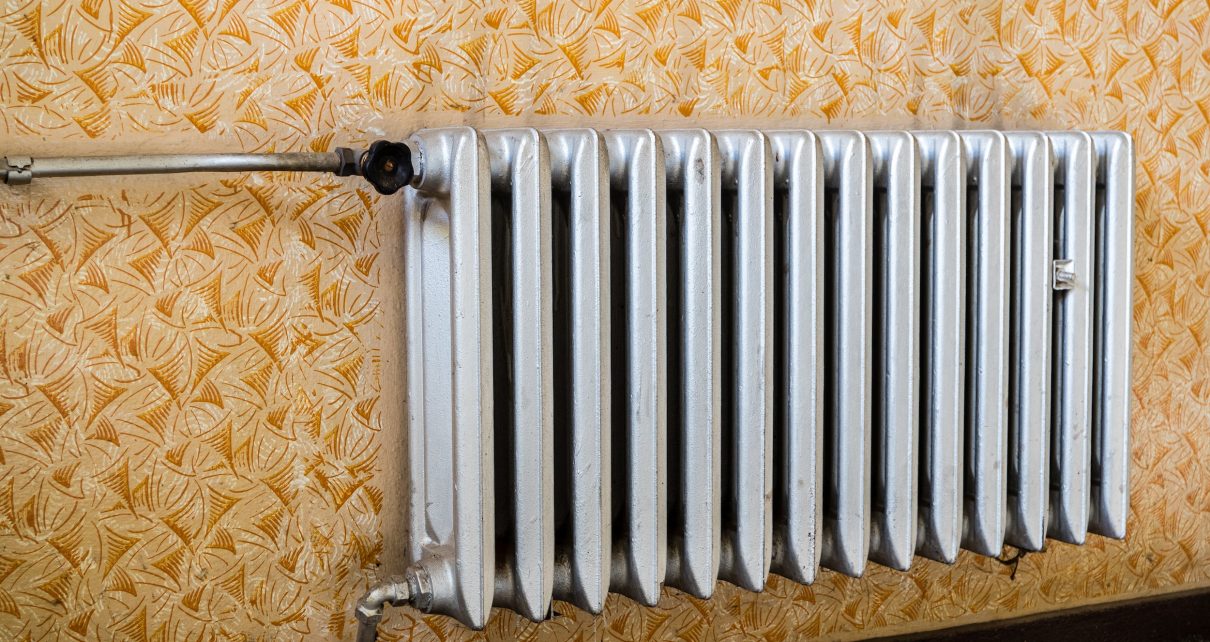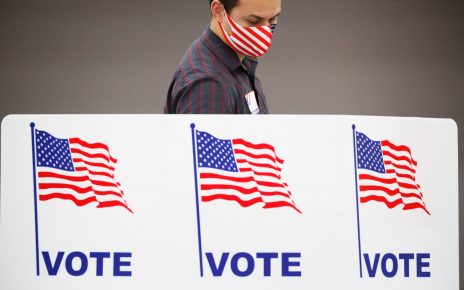The first reference to the seasonality of infectious respiratory disease was recorded around 400 B.C., when the renowned ancient Greek physician Hippocrates wrote the earliest account of a winter epidemic of such an illness. Ever since, we have pondered the impact of seasonal change on respiratory disease prevalence. And rightly so, because even before COVID-19, respiratory diseases were having a profound impact on global health. In the United States alone, the Centers for Disease Control (CDC) reports that influenza has caused up to 61,000 deaths annually since 2010—and the World Health Organization (WHO) suggests that, globally, 650,000 deaths are associated with seasonal flu each year.
So far, scientists have identified at least nine distinct viruses that can cause respiratory tract infection and that express seasonality in their outbreak pattern in temperate regions. Of these, three viruses—influenza, human coronavirus and human respiratory syncytial virus (RSV) – clearly peak during winter months.
One obvious possibility is that seasonal changes in climate directly cause a spike in respiratory illness. However, the reality may be much more complex. In fact, the answer to seasonal occurrence of disease is more likely to be linked to our indoor environments rather than those outside.
Today, most of us are likely to spend up to 90 percent of our time indoors. This is a significant issue because our buildings have become more sophisticated over the last century or so with the introduction of central heating systems and the development of increasingly airtight, insulated building shells. The result is that we are more and more disconnected from daily and seasonal outdoor climatic fluctuations, especially in winter. Research, including our own, is beginning to illustrate that there is a relationship between the aerial transmission of disease and temperature and humidity, which is impacted by both indoor and outdoor environments.
It is obvious that in winter, indoor heating causes a difference between indoor and outdoor temperature. But what we are increasingly coming to understand is that by heating our buildings we are causing a reduction in the level of indoor relative humidity (RH), which has a significant impact on disease spread. For example, measurements of indoor humidities in 40 residential apartments in New York and in six high-quality commercial buildings in the Midwest showed that indoor RH dropped to below 24 percent in the winter. The evidence suggests, in other words, that when cold outdoor air with little moisture to start with is brought indoors and warmed to a temperature range of 20 to 24 degrees Celsius (68 to 75 degrees Fahrenheit) indoor relative humidity plummets.
This comparatively moisture-free air provides a clear path for airborne particles of viruses such as SARS-CoV2, the pathogen that causes COVID-19. Warm, dry air also reduces the ability of our body’s cilia, which are hairlike projections on cells lining airways, to remove viral particles and prevent them from reaching the lungs. Finally, our own research indicates that the immune system’s ability to respond to pathogens is suppressed in drier environments.
CALLING FOR ACTION
As the COVID-19 pandemic continues through spring and into summer, this research could play a vital role in how we manage and ultimately overcome the disease. This is why I and others specializing in immunobiology and infection control are urging the scientific community to support our petition, which calls on the WHO to urgently put the link between indoor air humidity and the transmission of viruses, including SARS-CoV-2, at the front of the global health debate. We are requesting that the WHO produce clear guidelines on the minimum lower limit of air humidity in buildings.
We hope that through this move we will reduce the spread of airborne viruses and safeguard residents, students, patients and employees—which is crucial for protecting public buildings, such as nursing homes, hospitals, schools and offices. This is not just about getting America, and the world, back to work. It is also to offer protection for our health care workers, 8,945 of whom have already contracted the virus in the U.S. alone. While of course there is a complex web of influences at play, we now know enough about indoor relative humidity’s impact on disease for it to be viewed as a significant factor. Indoor air control is the next frontier to improve human health and reduce viral transmission.
You can voice your support for petitioning the World Health Organization here.
Read more about the coronavirus outbreak from Scientific American here, and read coverage from our international network of magazines here.



